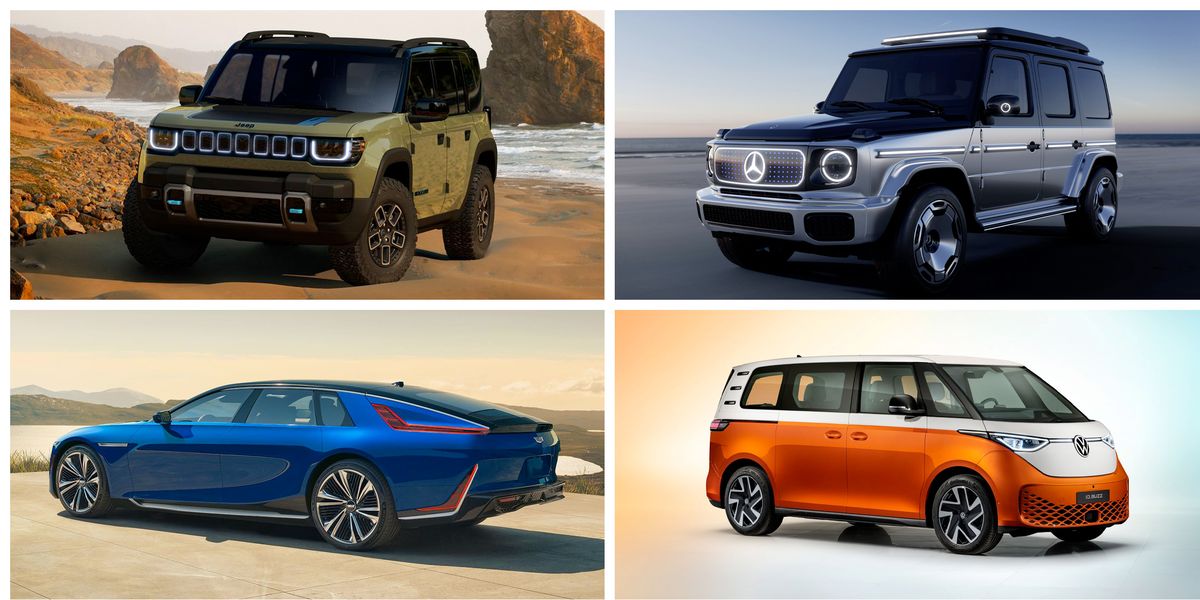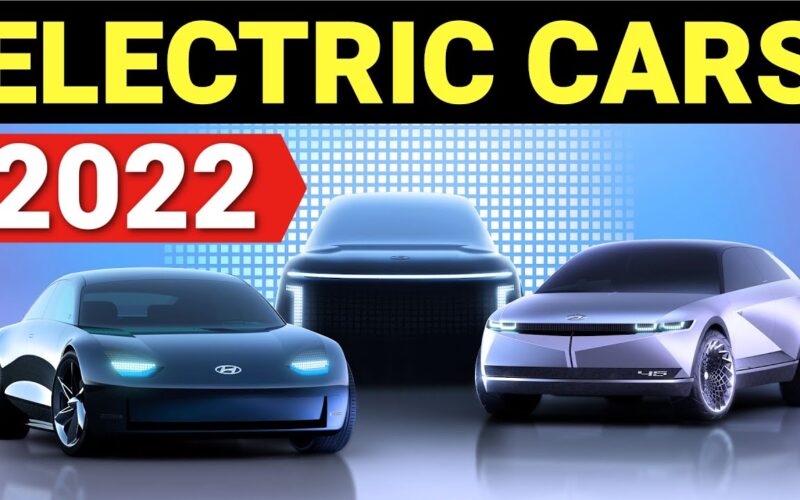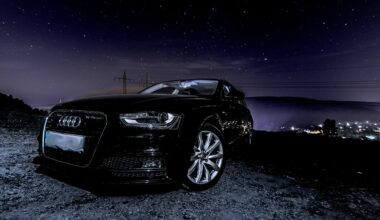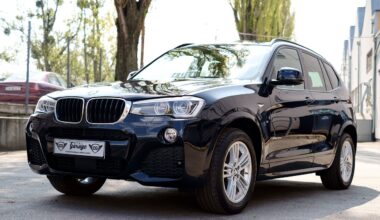Electric cars (EVs) can save your household $1,000 in fuel costs each year on average. They cost less to maintain than fossil fuel-powered vehicles since they do not require oil changes and have single-speed gearboxes and regenerative brakes.
They are also among the safest vehicles to drive, with EVs such as the Chevy Bolt and Tesla Model 3 obtaining five-star safety ratings from the National Highway Traffic Safety Administration.
If you’re concerned about car-related air pollution, EVs are the answer. While gasoline-powered vehicles generate roughly 11,000 pounds of CO2 equivalent per year, all-electric vehicles emit about 4,000 pounds while creating zero direct emissions.
EVs are a popular choice because of their numerous environmental benefits, especially when compared to alternatives.
Here are some of the most affordable electric vehicles on the market, including Nissan’s Leaf. I’ve even included a hybrid car as a final option in case you’re afraid to go all-electric.
The given prices do not include destination freight charges, tax, title, license, dealer fees, optional equipment, or other miscellaneous expenses.
Affordable Power for Tomorrow: Top 10 Electric Vehicles on a Budget

1. Chevrolet Equinox EV 1LT.
According to Chevrolet’s website, the Equinox EV will be available “later in 2024,” making it the most cheap electric vehicle.
The place has recently been vacated by the demise of the Bolt EV/Bolt EUV combination. GM announced that the starting price for the 1LT variant will be $34,995, while the 2LT will cost $43,295, which is still good enough to get it into the ranks. This is greater than the $30,000 price that GM had announced.
Despite the price hike, the Equinox EV should remain an enticing electric crossover with a stylish design and useful features. It’s a best-seller, but only if GM produces it in large quantities.
So far, Ultium EV production isn’t going well, so don’t hold your breath on this. However, with the Chevy Bolt no longer in production, GM must find a new EV best-seller if it is to remain the EV market leader.
The Chevrolet Equinox EV’s FWD variant is the most economical and has the longest range (319 miles/513 kilometers).
An optional eAWD variant with a range of 285 miles (460 km) will also be available; however, Chevrolet has not disclosed the price increase for the dual-motor trim.
Chevrolet’s 1LT model includes 19-inch aluminum alloys and Google Built-in for the 17.7-inch touchscreen infotainment system. The feature list also features an 11-inch digital instrument cluster and manual front seat adjustments.
ALSO READ 8 Revolutionary Classic Cars From the 1950s Through the 1970S
2. Volvo EX30 Single Motor, Extended Range
Volvo wowed everyone when it introduced the EX30 small crossover in the United States. The EX30 may appear modest on the outside, yet it is a technological powerhouse with numerous features.
Most importantly, its price puts it on course to become one of the market’s best-selling EVs. The EX30 is very efficient, capable of traveling up to 275 miles (442 kilometers) on a single charge, despite its comparatively small battery capacity of 69 kWh.
If you can manage to pay an additional $10,000, you can purchase the AWD model, which is a real sports vehicle thanks to its 422-horsepower electric drivetrain.
You lose 10 miles of range, but the thrill of going from 0 to 60 mph in 3.4 seconds is well worth it. And, given the short load room, this could be the Volvo EX30’s finest feature.
Despite some software issues, Volvo is confident that you will receive one of the safest and most feature-rich electric vehicles on the market.
Volvo equipped the EX30 with a 360-degree camera system with 3D views, Pilot Assist with Land Change Assistance, and Park Pilot Assist, among other driver-assistance features. Above all, you’ll be exposed to the world of subtle Scandinavian elegance.
3. Hyundai Kona EV SEL.
The Kona Electric, unlike the pricier Hyundai Ioniq 5, does not use the E-GMP architecture. This renders it less efficient and technologically advanced.
The advantage is the lower pricing, which places it only behind the Chevrolet Equinox EV and the Volvo EX30. At $36,675 for a well-equipped SEL trim, the Kona Electric is a bargain.
You can go even cheaper with the $32,675 SE trim, but the smaller battery pack means you won’t get more than 200 miles (322 km) per charge.
Hyundai maintains that the Kona was designed as an EV first, with the combustion engine crammed into the ICE and hybrid models of the crossover.
However, the design does not appear to be optimized for aerodynamic efficiency. On the other hand, the cabin space is excellent, and Hyundai includes a sophisticated dashboard with numerous amenities.
The cargo area is also 33 percent larger, making the Kona Electric an ideal family vehicle.
Charging is not its strong suit, as the Hyundai Kona Electric takes 45 minutes to charge from 10% to 80% when connected to a 100-kW DC charging station.
That is also the most power it can handle, so it’s not ideal for road trips. Unlike E-GMP electric vehicles, the Kona Electric does not support bi-directional charging and lacks an 800-volt power supply.
ALSO CHECK 8 Revolutionary Classic Cars From the 1950s Through the 1970S
4. Tesla Model 3 RWD.
The model 3 “Highland” was recently updated and has yet to lose its gloss. In fact, demand for the updated model is so great that Tesla is unable to produce it rapidly enough. Production ramp-up is also affecting availability, making some trims more difficult to find, with Long-Range AWD deliveries expected in April-May.
5. Kia Niro EV Wind
The Kia Niro EV is closely connected to the Hyundai Kona Electric and shares the same car architecture. However, the redesigned Niro was released before the new Kona as a 2023 model.
As is customary, the new model features more equipment and enhanced specifications that appear comparable to its Hyundai counterpart.
The range is shorter, at 253 miles (407 kilometers), and the pricing is higher, but the other features are equal.
The Niro EV, Kia’s entry-level EV, does not come with a heat pump as standard, so if you live in a colder climate, make sure you get the Preserve Package.
On the good side, the equipment is plentiful, even in the wind base trim. Goodies include dual 10.25-inch screens for the instrument cluster and infotainment system, an eight-speaker Harman Kardon audio system, and a bi-tone interior theme for the Wave top trim.
A full driver-assistance package is also included, making the Niro EV an appealing option. Those seeking further features and an arguably better EV experience may try the Kia EV6, which begins at $45,950 and is also available as an AWD electric crossover.
The range is also longer, at 310 miles (500 kilometers), not to mention the DC charging time, which is the Niro EV’s most significant shortcoming.
ALSO CHECK Risky Rides: 7 Unreliable SUVs and Pickups That Aren’t Worth Your Money
6. Hyundai Ioniq 6 RWD SE.
This is currently the longest-range electric model in Hyundai’s inventory and one of the leading candidates in the range championship.
Many people find the design strange, although it is the direct outcome of aerodynamic advancements. The Ioniq 6 has an outstanding 0.22 drag coefficient, which is the product of meticulous wind tunnel testing.
Using the same E-GMP platform as the Ioniq 5, the Hyundai Ioniq 6 can travel about 60 miles further, which is not to be overlooked.
This also applies to the RWD type, as the AWD has a shorter range of 316 miles (509 kilometers). Even so, it is more than most people require for their everyday commutes and occasional road trips over the holidays.
Despite its unusual form, the Ioniq 6 is sleek and modern, with more than enough room for passengers and luggage.
The Korean electric vehicle includes interesting features such as bidirectional charging and an outstanding driver-assistance kit.
The Hyundai Ioniq 6, because to its 800-volt architecture, is one of the fastest-charging EVs on the planet, taking only 18 minutes to charge from 10% to 80% when connected to a 350-kW charger.
7. Tesla Model Y RWD.
The world’s best-selling car did not get there by chance, and the fact that it is electric is even more astounding.
However, what genuinely distinguishes it is that Tesla can offer it at a price that makes every other EV on the market, including the Model 3, appear excessive.
Even better, the Tesla Model Y is eligible for the $7,500 IRA tax credit, making it less expensive than comparable ICE cars.
The Model Y has amazing characteristics, including a large interior and trunk space, allowing Tesla to offer a three-row option.
This is not available on the RWD type, and it costs an additional $3,000 on the long-range AWD. The room for third-row passengers is limited, although it can be useful for short excursions where more people need to share the vehicle.
The standard Tesla Model Y RWD has a 67-kWh battery, which provides a range of 260 miles (418 kilometers). It accelerates quickly, having a 0–60 time of 6.6 seconds.
Add to that the convenience of having the Supercharger network at your service, and you see why most people considering an electric car, the Model Y at the top of their list.
8. Ford Mustang Mach-E RWD Select
The Ford Mustang Mach-E, once advertised as a Tesla Model Y killer, has since evolved into the poor man’s electric crossover.
Thousands are available at Ford dealerships across the country, so you may be able to get a great deal if you buy one.
Even at MSRP, the Mustang Mach-E has numerous advantages, while the Tesla Model Y is superior and less expensive.
Since January 1, the Mustang Mach-E has lost its tax credit eligibility, making it even more difficult to justify picking it over Tesla’s crossover.
The Ford Mustang Mach-E’s strongest feature is that it lives up to its name and can be quite nimble while weighing more than 4,500 pounds (2,000 kg).
Even in the lowest trim we chose for our rankings, the electric pony is quite agile, capable of going from zero to sixty in 5.8 seconds. The negative is a stiffer suspension, which reduces comfort.
9. Toyota BZ4X FWD XLE.
Toyota was the laughingstock of the EV world for their hesitation to adopt electric vehicles. Its first and only electric vehicle, the bZ4X crossover, was plagued by difficulties, but the Japanese automaker has resolved them and greatly enhanced the bZ4.
Toyota improved the charging experience for the 2024 model year, addressing one of the most common complaints.
The 2024 Toyota bZ4X has an upgraded thermal management system, which allows it to provide a more enjoyable ownership experience in cold conditions.
Not only that, but standard equipment has been updated, with the base XLE now including an 8-way electrically adjustable driver’s seat and a power liftgate for convenient access.
Although the Toyota bZ4X is large and comfy, it lacks a glove compartment and a trunk. It takes longer to charge at a DC charger than many current EVs.
The Toyota bZ4X is not ideal for family road trips, as it takes more than 30 minutes to charge from 10% to 80%.10.
10. Volkswagen ID.4 Pro.
At the time of writing, the Volkswagen ID.4 was the only EV on our list that qualified for the IRA tax credit, aside from the Tesla Model Y.
This makes purchasing the Chattanooga-built electric crossover even more appealing. Volkswagen has a wide selection of features and trim levels, but we’re simply looking for the cheapest that meets our criteria.
That would be the Pro grade with rear-wheel drive, which, like many other entry-level EVs, has 201 horsepower and 275 miles (443 km) of range.
The ID.4 is based on Volkswagen’s MEB architecture, which is no longer competitive with other models on the market.
As a result, fast charging is restricted to 135 kW, which is sufficient to charge the battery from 10% to 80% in around half an hour.
Owners frequently complain about software bugs, which appear to have been substantially resolved with the latest updates.
Volkswagen is offering the ID.4 at a reasonable price, which helps it stay competitive in a market dominated by Tesla.
However, as many ID.4 owners will attest, this is not its sole advantage. For starters, the German crossover boasts one of the most roomy interiors in its class.
The load area is 64.2 cu-ft (1,818 liters), somewhat larger than the Ford Mustang Mach-E. The ID.4 is also more comfortable than competing EVs in its class.






